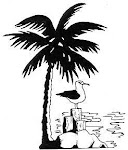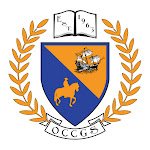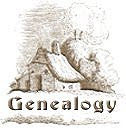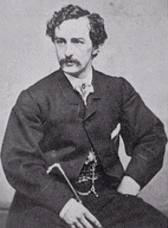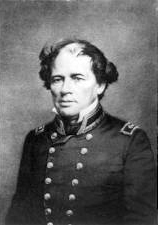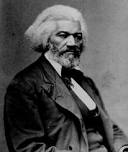Daily
prodding by New York Tribune headlines that demanded “on to Richmond” probably
contributed to the Federal fiasco at Bull Run in July 1861. Publisher Horace
Greely heartily supported the war effort at that time, but he parted company
with Lincoln over the issue of slavery.
Former
warmonger Greeley, whose newspaper is widely regarded as having been the most
influential in the nation, eventually headed a Northern movement whose aim was
to affect a negotiated peace. After the war, he signed the bail bond of
Jefferson Davis despite warnings that such a move could cut circulation of the
Tribune in half.
Nominated
for the presidency by liberal Republicans in 1872 and supported by Democrats,
Greely might have gone to the White House had his opponent been anyone other
than Ulysses S. Grant.
